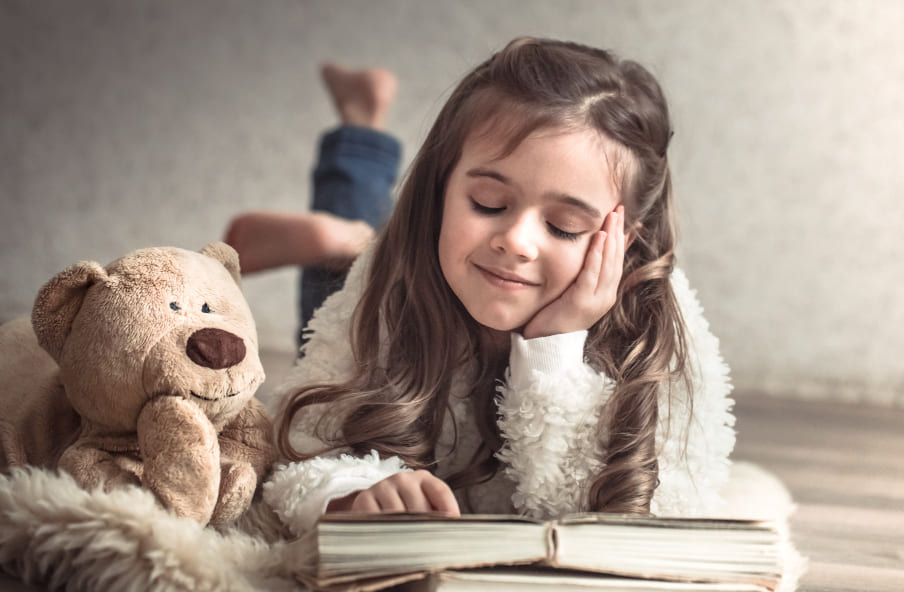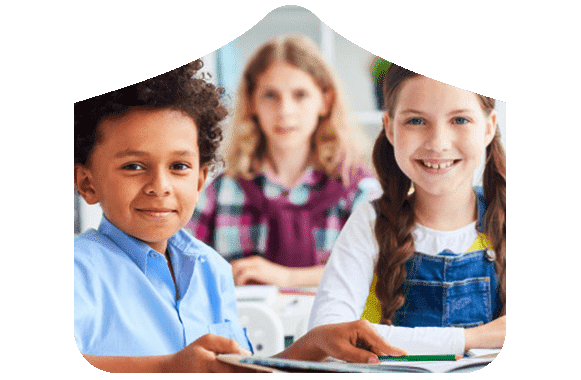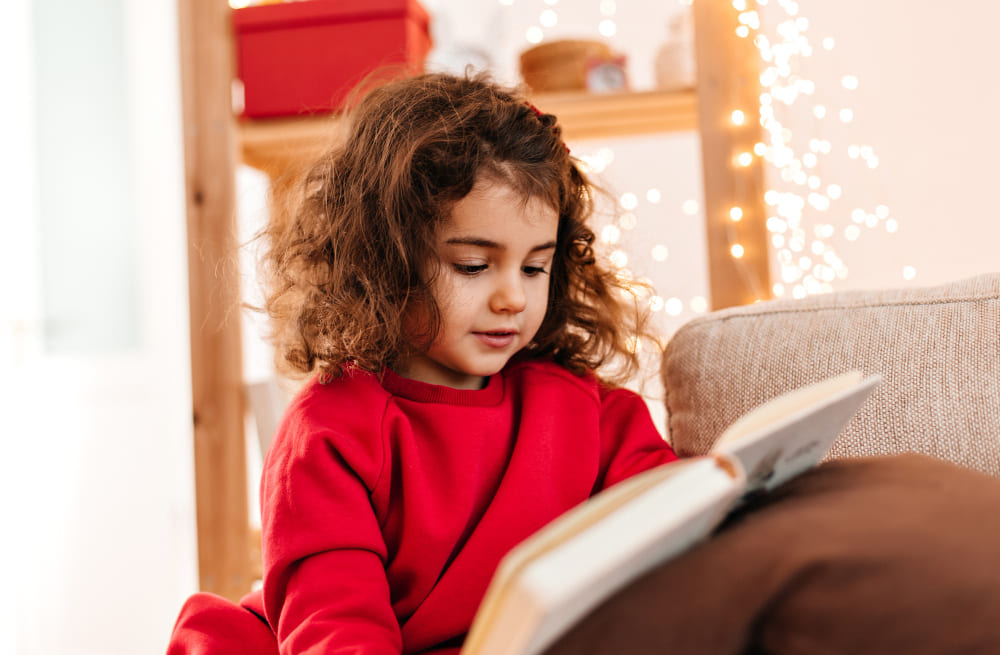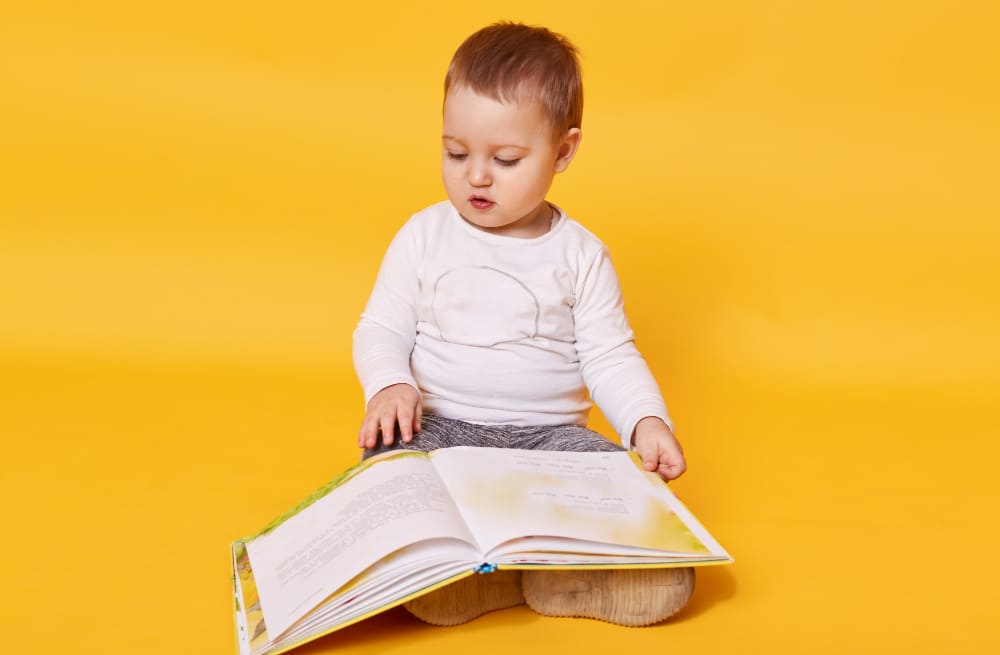 Julia Donaldson has mastered rhythmic storytelling for children. This book is yet another reading delight from her stable.
Julia Donaldson has mastered rhythmic storytelling for children. This book is yet another reading delight from her stable.
The Magic Paintbrush a rhyming version of the traditional Chinese story in which a child (in this case a girl called Shen) is given a magic paintbrush which will bring to life everything that she paints – provided she only paints things for the poor and needy. When the greedy Emperor hears of the magic brush he demands that Shen paint him a tree of golden coins, and when she refuses he flings her into prison. How Shen escapes the prison and continues to use the magic paintbrush for the needy forms the plot of the story.
As a die-hard fan of Julia Donaldson, I found the narrative to be a deviation from her regular style, which is usually infused with humor. Inspite of this, the plot is gripping, written in simple, captivating verse and the illustrations are very charming.
It is a great read-aloud book for children, and chances are, after a few reads, your child will start narrating it all on his own, thanks to the rhyme.
So pick up this book and make this the night-time read for your child today. It’s a journey to a world you’ll both love.


 I know better. But I still have those moments with my 5-year old. For instance, she sometimes plays with her food and resists eating what is on her plate. I am usually very patient but there are days when I lose it.
I know better. But I still have those moments with my 5-year old. For instance, she sometimes plays with her food and resists eating what is on her plate. I am usually very patient but there are days when I lose it.
